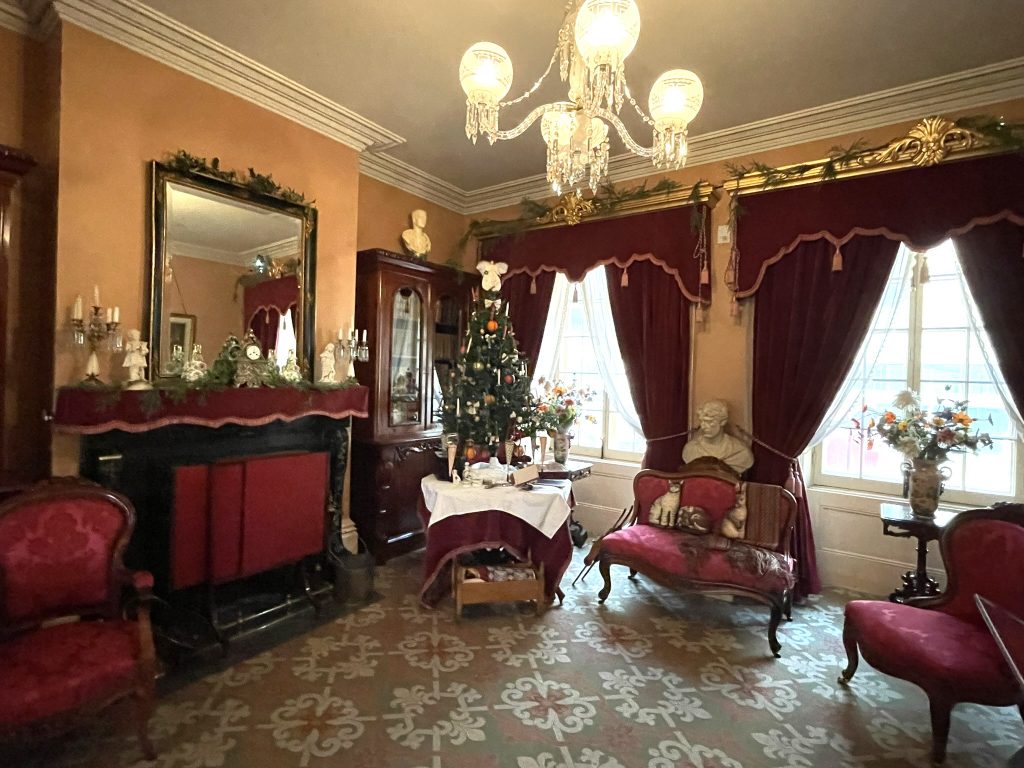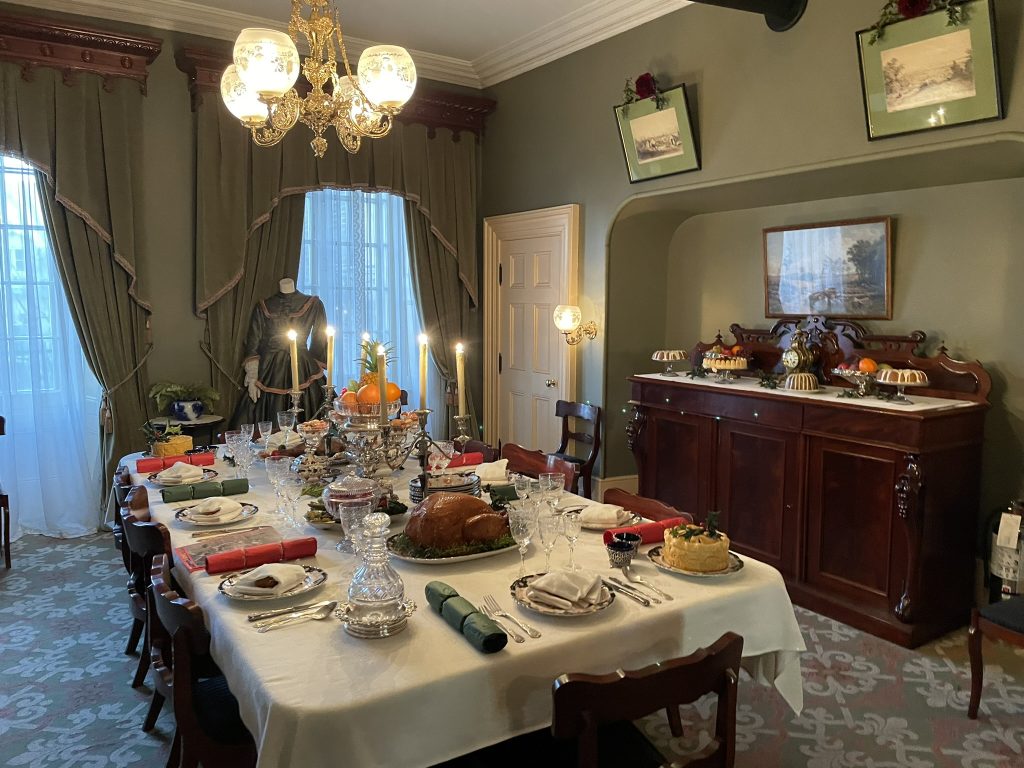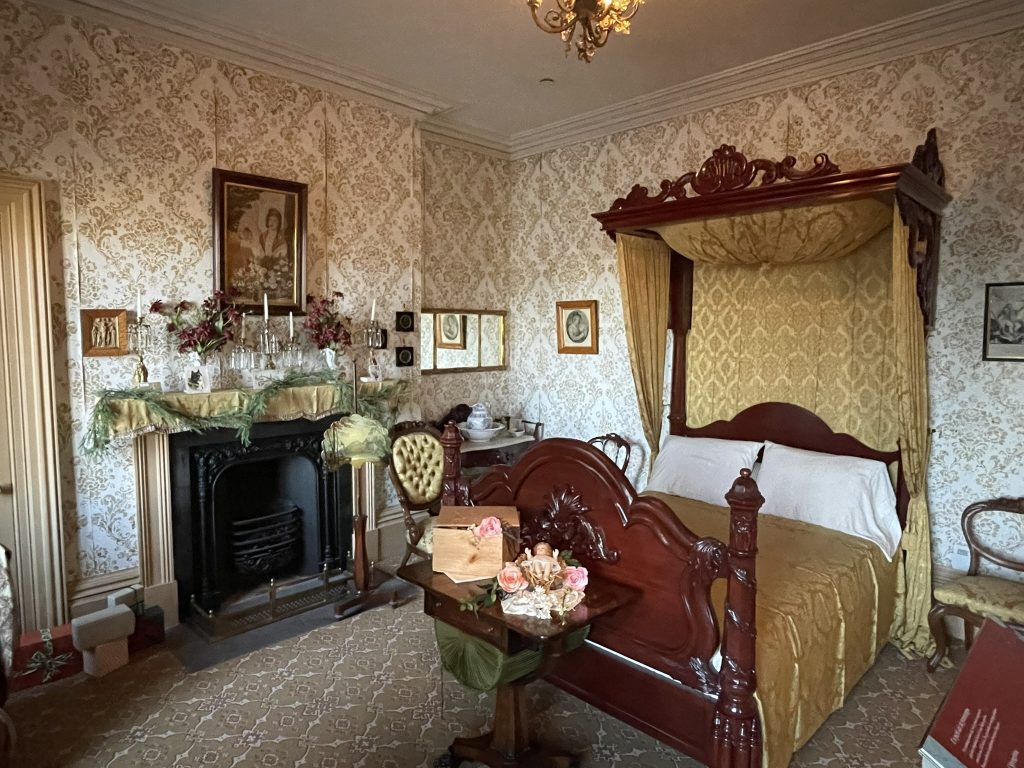I was on the fence about the Sir George-Étienne Cartier National Historic Site in Montreal, Canada, but it was near a crêpes cafe and it was decorated for Christmas, so the scales tipped in favor of a visit.
The 1837 building is a “double residence” in Montreal’s “Old Town.” Sir George-Étienne Cartier (1814-1873) lived in the east half from 1848 until 1854, and then in the west half from 1862 until 1872.
Today it has been woven together as one museum, with one side shown as the 1860 Cartier residence, and the other used for exhibits and museum functions.


Who was Sir George? Well, he was pretty important to the early politics of Montreal, entering the fray in 1848 at a time when the city was rapidly expanding. The population increased by 56% between 1851 and 1861!
He quickly became one of the most influential politicians in the region, taking an active role in developing legislation that is still governs Canada today. He is noted as one of the Fathers of the Canadian Confederation,” and he served in several important roles. He was an early advocate for the development of communication and transportation infrastructures, and promoted primary education in the province. Queen Victoria made him a baronet in 1868 in recognition of his important contributions.
Sir George’s personal life didn’t have quite the same success.
In 1846 he married Hortense Fabre (15 years his junior, of course), who hailed from one of the leading families. They had three daughters together, but in truth, theirs was a marriage of convenience, and they didn’t get along particularly well.
In 1854, their thirteen-month-old daughter died in the cholera epidemic, and then when Hortense’s father ran for mayor of Montreal, Sir George supported his opponent! Any thoughts of reconciliation ceased after that.


As divorce was not to be considered (at per the conventions of the time), the two lived separate lives. Sir George rarely saw his family after the separation, but he saw plenty of his mistress, Luce Cuvillier. Sir George and Luce lived in neighboring country estates (to keep up appearances, though in practice it seems that there was lots of cohabitating going on), and even made public appearances together and took trips abroad. Imagine Hortense or his daughters going through that!
Sir George was just 58 at the time of his death from Bright’s Disease (a kidney disease), which was incurable at the time. Hortense went on to live another 25 years after his death, enjoying the $1,200 annual pension granted in recognition of her husband’s services.







